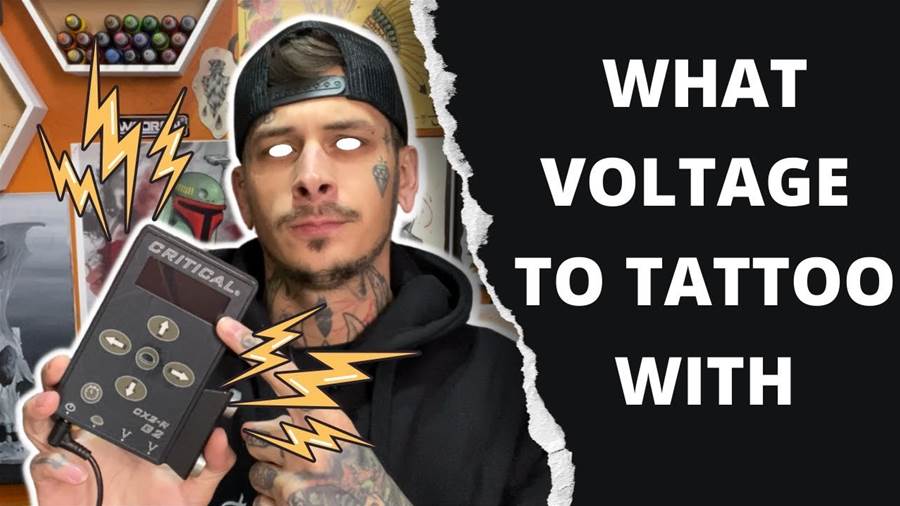

Title: Choosing the Right Voltage Setting for Your Tattoo Machine
Article Summary:
Setting the appropriate voltage for a tattoo machine is crucial to ensure smooth and effective tattooing. The voltage determines the speed at which the tattoo needle oscillates and penetrates the skin, which directly affects the quality of the tattoo and the comfort of the client. This article provides valuable insights into how to choose the right voltage setting for your tattoo machine.
When it comes to tattoo machines, the voltage range varies depending on the machine's make and model. However, there are general guidelines to follow to determine the best voltage for your machine.
It's important to note that every artist has their own preferences and techniques, so the suggested voltage range may vary depending on individual experiences.
In general, the recommended voltage range for lining (creating outlines) is between 7 and 8.5 volts. Lining requires a faster needle movement to achieve clean, precise lines. Starting with a lower voltage and gradually increasing it helps find the optimal setting, ensuring the needle doesn't dig too deep, causing unnecessary pain or scarring. Additionally, using a harder hitting tattoo machine may require slightly higher voltage settings for lining.
For shading, the voltage range is typically between 8 and 12 volts. Shading involves covering larger areas and requires a slower needle movement to create smooth gradients and fill in color. Artists often experiment with different voltage settings to achieve the desired shading effect, and it's crucial to find the right balance to avoid unnecessary trauma to the skin.
To determine the suitable voltage, artists can test the machine's behavior on different areas of their own skin. They can use a pig skin or a grapefruit to mimic the texture and give an indication of how the machine will react on human skin.
Adjustments can then be made based on the machine's performance and the client's comfort level.
It's important to note that the voltage setting alone does not guarantee a successful tattoo. The artist's skill, technique, and understanding of the machine's behavior are equally important. Therefore, proper training and practice are crucial for artists to become proficient in using the tattoo machine and achieving desired results.
In conclusion, selecting the right voltage setting for a tattoo machine is essential for achieving quality tattoos while ensuring client comfort. Following general voltage range recommendations, testing on different surfaces, and adjusting according to the machine's behavior are some of the key aspects to consider.
Ultimately, the artist's skill and understanding play a significant role in creating memorable tattoo experiences for both the artist and their clients.
